The Caucasus - Armenia - Part 2
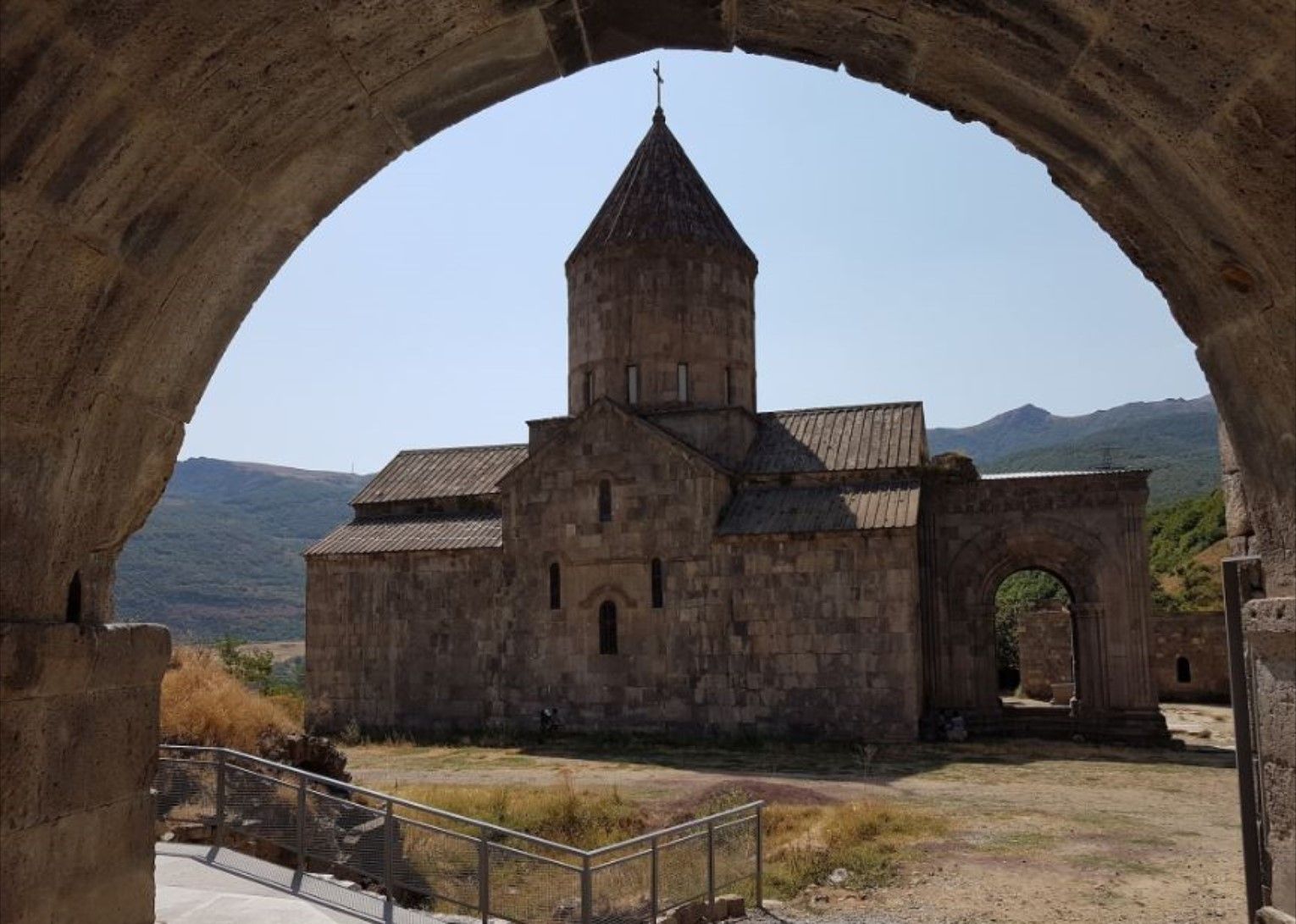
As we journeyed closer to Yerevan, the capital, we stopped at Garni Gorge to admire perfectly formed columns - they looked like man-made organ pipes, but in fact created by nature - huge symmetrical hexagonal and pentagon shaped basalt pillars, rising 50 metres from the canyon below - formed under high pressure, cooling and then crystallization of volcanic lava takes place. No wonder it is called Symphony of Stones.
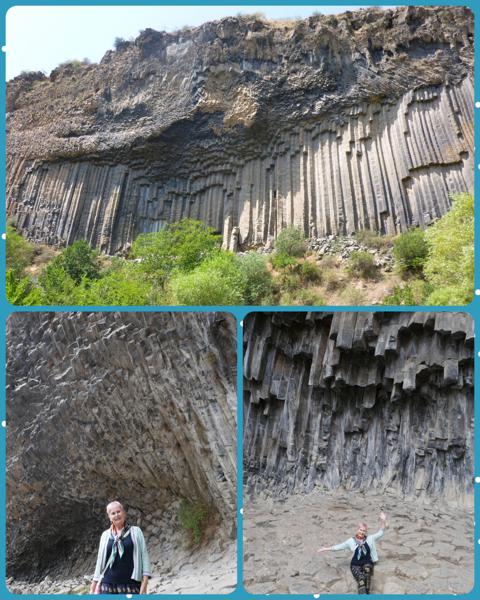
At the other end of the gorge, the Temple of Garni - a mini pagan Acropolis, built around 77AD, before Christianity came to Armenia - the only pagan temple to survive in the Caucasus which includes the remains of a Roman bath house ad some of the mosaic flooring.
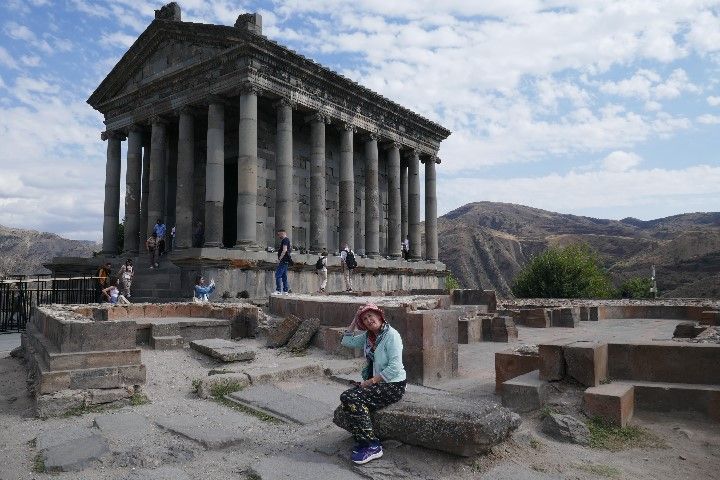
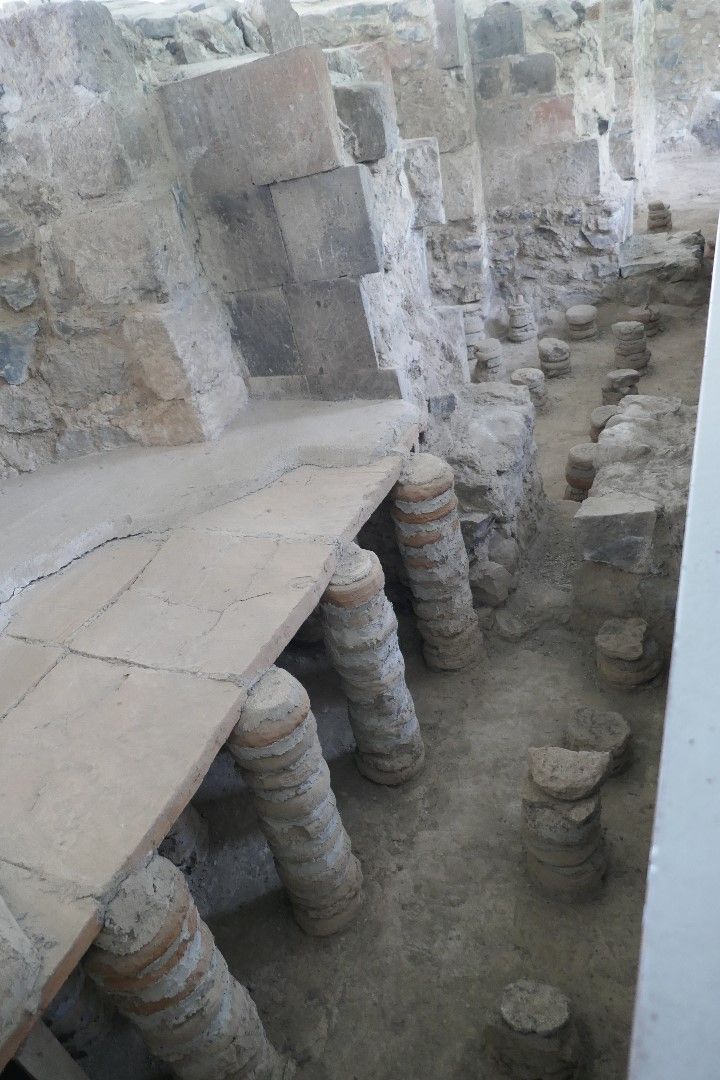
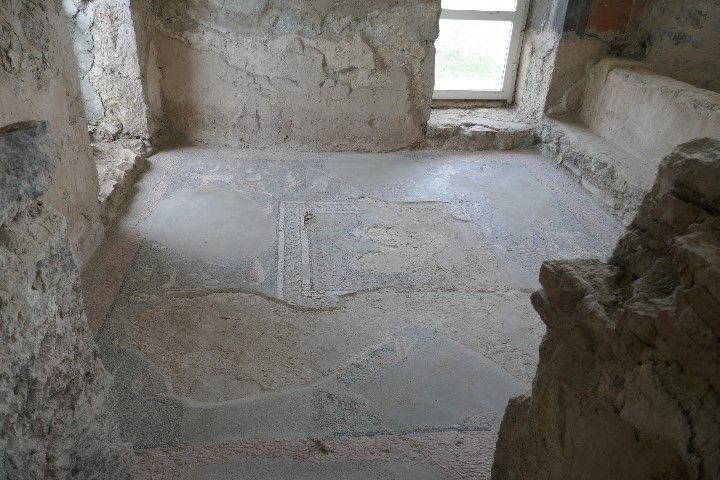
Temple of Garni Photos: Jane
Near the town of Garni we visited Geghard Monastery, founded, according to tradition by St. Gregory the Illuminator, and was built following the adoption of Christianity as a state religion in Armenian during the 4th century.
Geghard means spear as the monastery is said to have once housed the spear that wounded Christ on the cross. It was allegedly brought here by one of the apostles and therefore a popular pilgrimage site. Mind you 3 other sites claim this honour - Poland, Austria and The Vatican!
One chapel has a small spring running through it - while I was there a few local women were filling up bottles of this precious water - known for its healing powers.
It's extraordinary that some chapels are hewn into the cliff face, which took up to 40 years to complete.
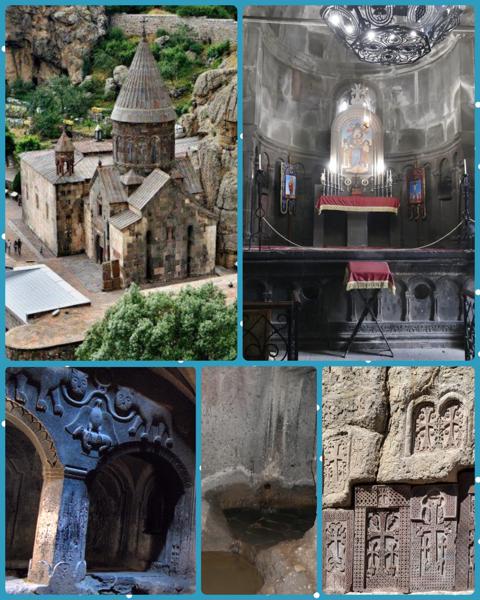
Driving through the Ararat valley, we often glimpsed Mt Ararat, spectacular on a rare clear day. Considered a sacred place by Armenians, historically it was located in Armenia until 1923, until a peace treaty drafted between Turkey and the Soviet Union allotted this land to Turkey. Since the collapse of the USSR in 1991, Armenia has still not yet recognized this agreement.
Our next destination: Khor Virap perched on a hilltop overlooking this majestic mountain. Khor Virap began life as a castle and royal dungeon near the ancient Armenian capital of Artashaf around 180BCE. Writhing with snakes, notorious for torture, and stinking of decaying flesh, Khor Virap was not the kind of prison where one survived.
It was here that King Tiridates III, in the 3rd century, threw Grigor Lusarovich into a deep pit, writhing with those snakes, to die for practising Christianity and openly defying the Armenian pagan religion of the time.
Legend states that Grigor survived the pit for 13 years and saved by the same King when Grigor cured him of a dreadful illness. King Tiridates III saw this as the work of God and convinced the King to adopt Christianity.
Grigor became Saint Gregory, known as The Illuminator, bringing Christianity to Armenia 301AD - the first country in the world to adopt Christianity as a state religion - ahead of Georgia by 25 years.
Saint Gregory to this day, revered as the patron saint of the Armenian Church - Khor Virap one of its most sacred sites.
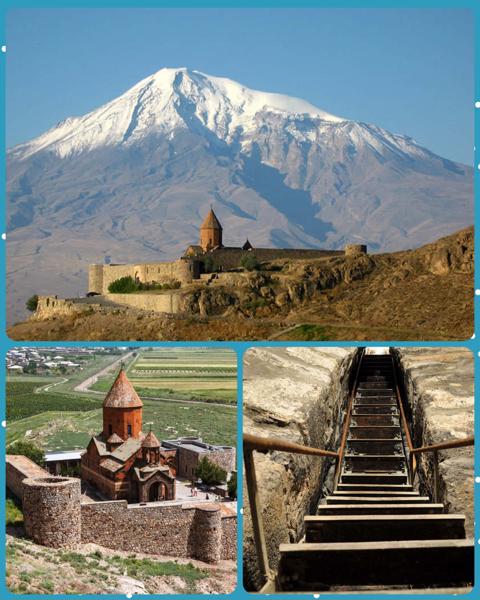
For lunch we dined at a local orchard in Garni where women prepared the Armenian national bread lavash - large paper thin sheets of deliciousness - baked in an underground oven called a tonir.
Dough is rolled, then smoothed over a large oven proof pad and slapped onto the side of the hot oven, the bread is cooked in about 2 minutes when it is peeled off with a long fork and onto a rack to cool.
Watch the short demonstratinon below. The oven is super hot and timing needs to be perfect! These ladies make it look easy - but far from it! It's a dying art, very uncomfortable and exceedingly hot work - these days electric ovens are used.
Finally tomorrow we explore Yervan, the vibrant capital of Armenia.
